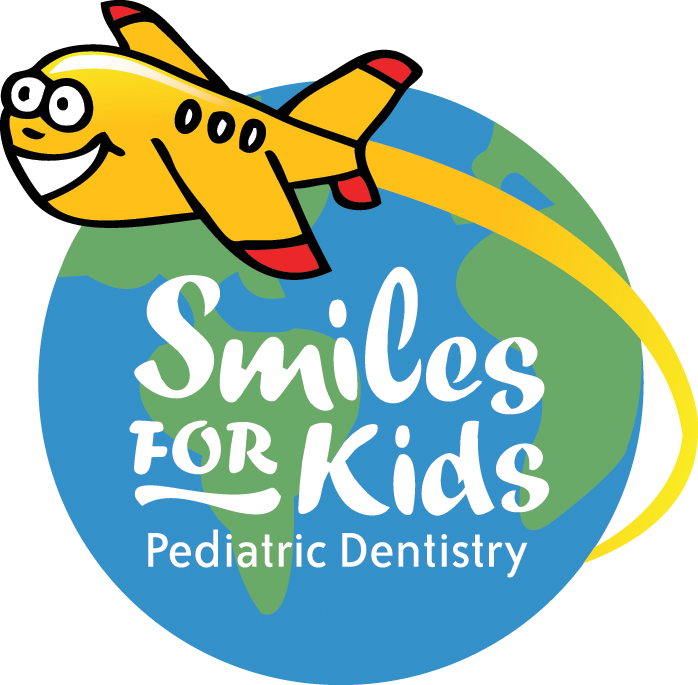Panoramic X-ray
/A panoramic x-ray or panoramic radiography is a type of dental x-ray that shows a broad view of the mouth, including teeth, jaws, nasal area and surrounding tissues and structures. It is one of the most commonly used dental x-rays along with the bitewing x-ray (used mainly in detecting cavities) and the periapical x-ray (shows entire tooth including roots and surrounding bones). The panoramic x-ray delivers a flat image despite curvy structure captured such as jaw. It is non-invasive and easier to take than other x-rays.
When and why we take it
Panoramic x-ray is a valuable diagnostic tool in modern dentistry. From common procedures like getting implants, braces or dentures to more serious conditions such as oral cysts, tumors and cancer, most dentists and oral surgeons recommend taking panoramic x-ray first before preparing a treatment plan. Patients who have impacted teeth, particularly impacted wisdom teeth, are usually ordered to take panoramic x-rays for evaluation of the affected teeth. Those with gum diseases, deep cavities, TMJ problems and facial or teeth trauma are encouraged to have it done as well.
At Smiles For Kids panoramic x-rays are taken in accordance with the AAPD recommendations of growth and development unless patients have other conditions and concerns requiring more frequent radiographic exam. Routine times to take this x-ray for the first time is around seven or eight years of age as permanent teeth start erupting. At that time, we check for correct development of all permanent teeth, missing or additional teeth, health of the TMJ and correct angulation of erupting teeth as well as for any cysts, growths and other bone problems. The next time this x-ray is taken is around twelve years of age after permanent dentition has replaced baby teeth. At that age, we check for all of the above conditions and readiness for orthodontic treatment as well as health of the jaw, teeth and all oral structures before such treatment begins. The final time that a pediatric dentist takes this x-ray is around seventeen years of age in order to evaluate condition of wisdom teeth and their need or readiness for extractions in addition to all of the previous reasons. Other dental specialists might require it for reasons mentioned previously throughout a patient’s adult life.
The Procedure
When advised to take a panoramic x-ray, special preparation is not necessary. The procedure is fast and painless and the result is instant. Women should always check first if they are pregnant and inform their dentist or oral surgeon before going through the procedure. Metals and jewelry should be removed as these might interfere with the images. The dentist provides the lead apron with thyroid collar as a safety precaution. It helps shield the rest of the patient’s body from unnecessary radiation.
Advantages and Limitations
Panoramic x-rays possess several advantages. Since the film is inside the machine (which moves around the patient’s head), it is easier and more convenient for young children, as well as patients who are not comfortable placing film inside their mouth or those suffering from severe gagging.
Though very useful, the panoramic x-ray is not a comprehensive picture as it cannot provide details for every tissue or muscle scanned. It cannot for example be used to detect cavities (although some of newer machines have those capabilities). It is primarily used for initial evaluation of teeth, bones and adjacent structure. There is also distortion of some degree in a panoramic x-ray since it takes a flat picture of a curved jaw, which can be crucial in a critical dental condition. When dentists and oral surgeons need more precise and detailed results, another type of dental x-ray or an MRI or CT scan may be performed with or in lieu of a panoramic x-ray.
